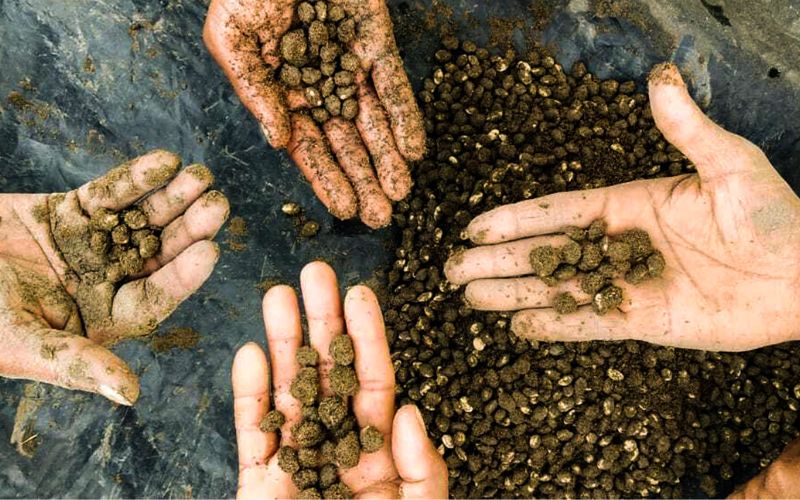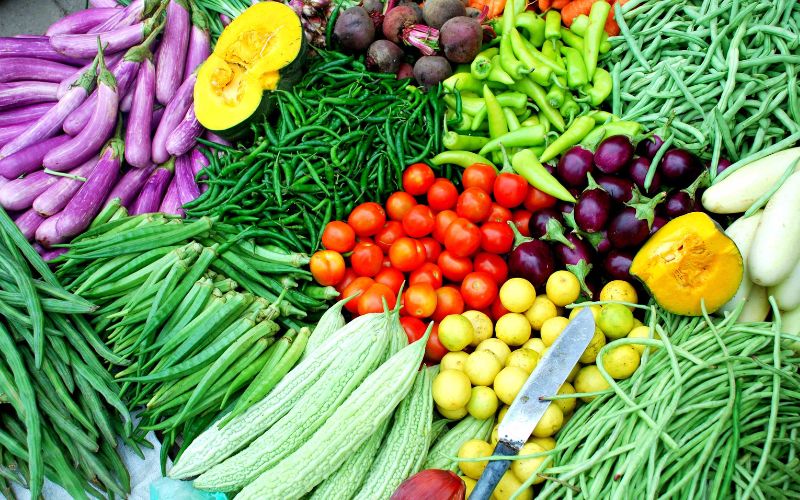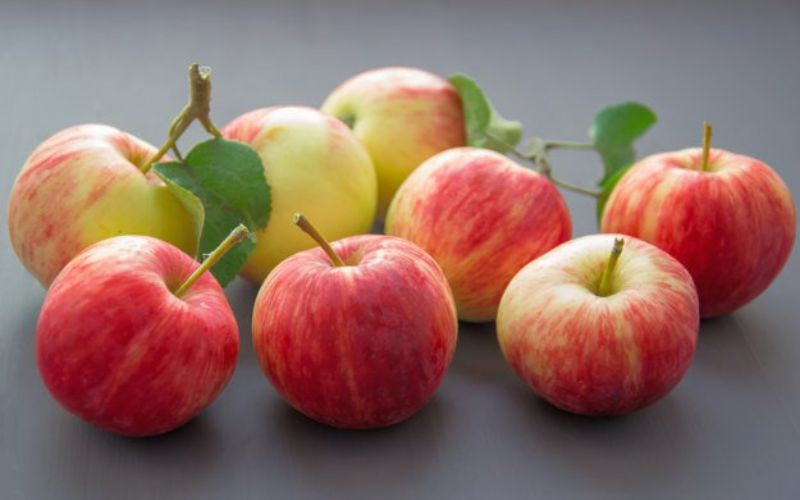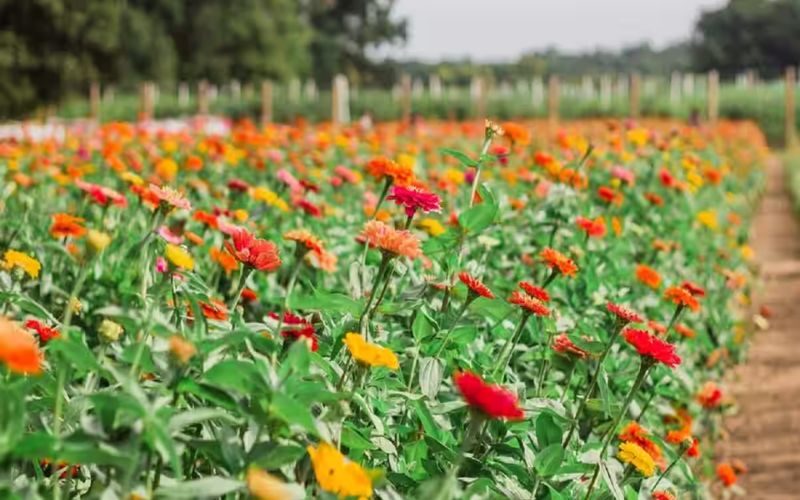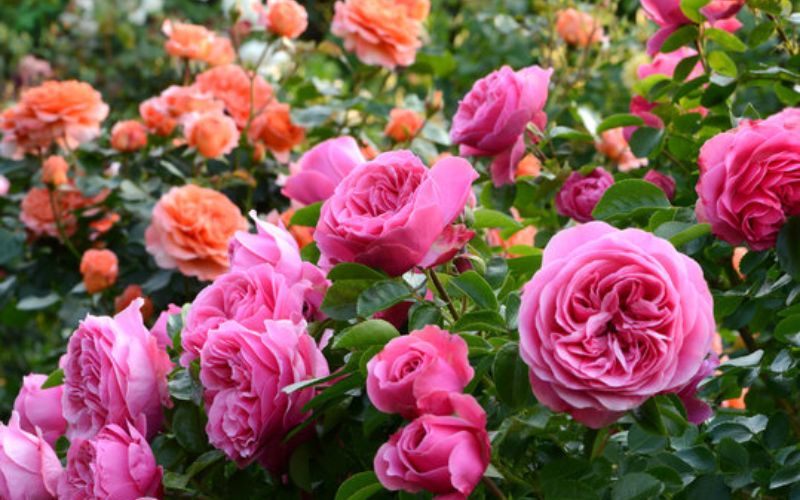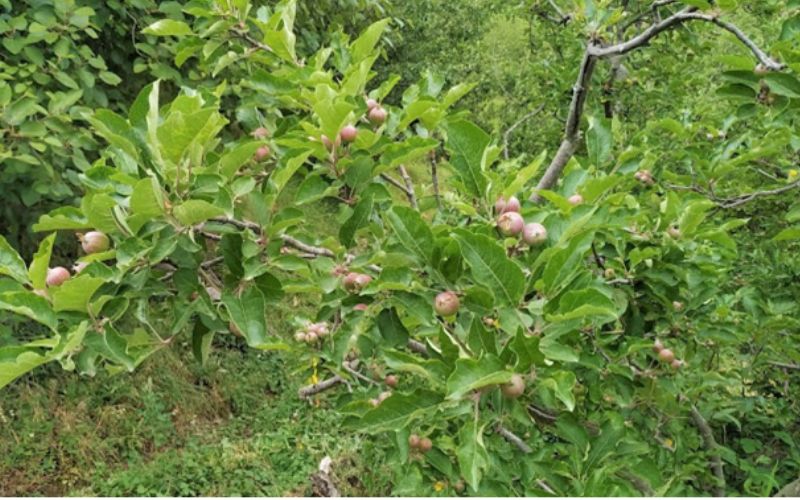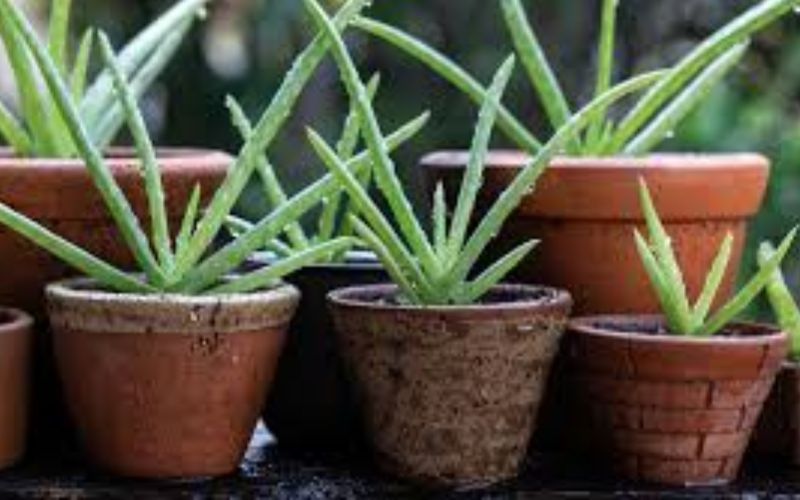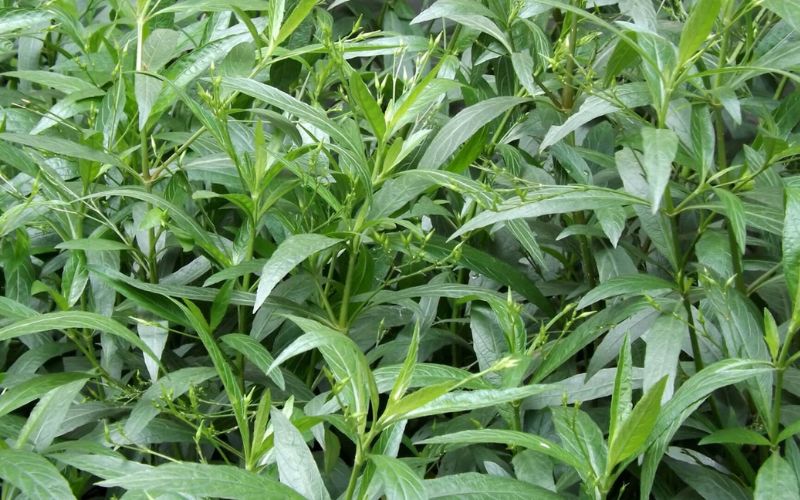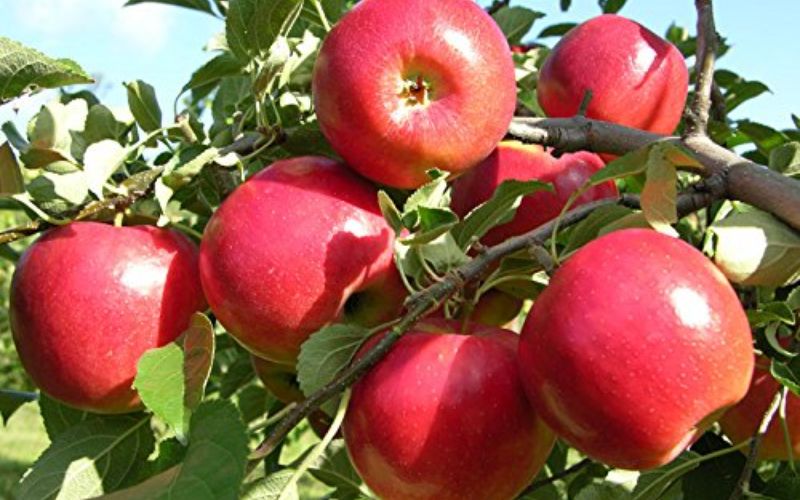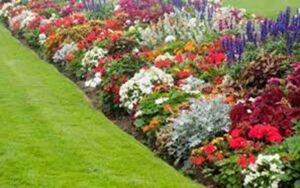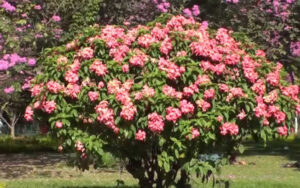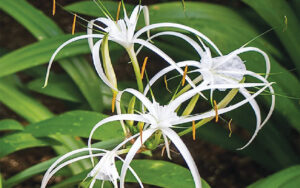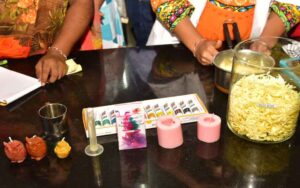The Dwarf Ornamental Sunflower- Brighter Than Sunshine
Sunflower (Helianthus annuus L.) is one of the major oil crops in the world today and quite a significant ornamental plant. It belongs to the genus Helianthus and the family Asteraceae together with 13 annuals and 36 perennial species. The genus name Helianthus is derived from the Greek words “helios” meaning the sun and the “anthos” a flower, suggesting that the flowers follow the course of the sun, the species name annuus means yearly.
It is chiefly native to North America, many are indigenous to the Rocky Mountains, others to tropical America and few species are found in Peru and Chile. The common sunflower Helianthus annus is native to Mexico and Peru. It was first introduced into Europe as an ornamental crop by Spanish explorers in the 16th century but later it became a very important oilseed crop around the world. Today the sunflower is a common sight across the world and is cultured in France, Spain, Italy, the USA, Russia, Argentina, India and Eastern Europe but in the early 1900s, it regained its popularity as a cut flower.
Sunflower is an annual herb with a rough hairy stem, 1.2-3.0m high; broad coarsely toothed rough leaves, 7.5 to 30 cm long, mostly alternate and circular; heads of flowers 7.5 to 15 cm wide in the wild specimen and 30 cm or more in cultivated types. The flower head consists of numerously densely arranged florets. Sterile ray florets on the outer rows vary in colour; they can be yellow, red or orange. The florets inside the circular head are called disc florets, which mature into seeds. The florets inside the sunflower clusters are spirally arranged.
The sunflower can be grown throughout the year. As a garden plant, it is used for planting in beds and borders. Its dwarf double cultivars are excellent pot plants. In addition, it presents agronomic desirable characteristics, such as a short life cycle, rusticity and resistance to drought. However, other ornamental species of Helianthus viz; Helianthus angustifolius (Swamp sunflower), Helianthus debilis(beach sunflower), Helianthus maximiliani (maximilian sunflower), Helianthus mollis (ashy sunflower), Helianthus tuberosus(Jerusalem Artichoke), Helianthus paradoxus (pecos sunflower) are of great importance. Important varieties of mini sunflowers grown in India are: Teddy Bear, Little Becka, Topolino, Earthwalker, Elf, Firecracker, Big Smile, Dwarf Incredible, Suntastic Yellow, Sunny Smile.
Description of important varieties of Helianthus species
Helianthus annuus var Teddy Bear
Teddy Bear Sunflower is a seed strain that produces small plants with branching stems that carry extraordinary flowers. Each fully double yellow flower has the cuddliness of a teddy bear. They are large 15 cm across flowers that are almost too big for the size of the plant giving the whole scheme a rather top-heavy look. Sunflowers generally produce a large amount of nectar attracting bees and yielding excellent honey. They are a cheerful addition to herbaceousor mixed borders and can also be grown in containers.
‘Ring of Fire’ is a five-inch sunflower having golden petal edges and a ring of red surrounding the chocolate brown center. Decidedly different from other sunflowers, ‘Ring of Fire’ stands out in a crowd of plain gold or yellow flowers. Later to bloom, ‘Ring of Fire’ may require 120 days to show bicolour blooms, but this late-season display is often what the garden needs for a fresh new look. Needing a full sun garden, ‘Ring of Fire’ plants may reach 4 to 5 feet tall, spreading 2 to 3 feet. The long flower stems are perfect for cut flowers.
Helianthus agrophyllus (Silverleaf Sunflower)
Silverleaf Sunflower is a coarse annual herb 1.5-2 m tall. Stems are densely white-velvety. Leaves are ovate to ovate-lance shaped, 15-25 cm long and nearly as broad, densely white-wooly-silky with long silky hairs. Ray florets are 15 or more, 2.5-3.5 cm long, yellow to orange-yellow. Disk florets are usually deep purple. Achenes are 4-6 mm long. Silverleaf Sunflower is native to North America, and cultivated as a garden plant in India.
Helianthus debilis(Beach Sunflower)
Beach Sunflower is the flower which is more commonly seen in home gardens in cities. It is an erect or a spreading perennial, that can grow up to 3-4 ft tall. It has attractive, small sunflower-like flower heads which are borne throughout the year. These showy flowers have 10 to 20, pale yellow rays that encircle a purplish-brown disk that is ½ to 1 inch wide. The 3-inch-wide flowers of this plant are followed by small seeds that readily germinate to produce plantlets. The Beach Sunflower has small, dark green, triangular or heart-shaped leaves that are irregularly lobed and toothed. These glossy leaves are roughly pubescent and attain a length of 4 inches.
Helianthus tuberosus(Jerusalem Artichoke)
Jerusalem Artichoke is an erect, rhizome-forming perennial herb, up to 3-4 m tall. Flower heads are 5-11 cm in diameter, much smaller than that of the sunflower. Each flower has 12 to 20 showy, petal-like, bright sterile yellow rays surrounding many small yellow tubular fertile florets. It is perennial, but usually grown as annual artichoke tubers and aerial parts have long been used to feed cattle, sheep and pigs. Jerusalem Artichoke is native to North America and cultivated in India and elsewhere.
Growing conditions for sunflowers:
• Sunflowers prefer direct sunlight i.e., 6 – 8 hours/day. They flower well during long, hot summers.
• They prefer well-dug, loose, well-draining soil as they have long taproots which need to stretch out.
• For preparing a bed, dig 2 feet in depth and about 3 feet across to ensure that the soil isn’t compact.
• Choose a well-drained location, and prepare soil by digging about 2-3 feet in circumference and 2 feet deep.
• Sunflowers thrive well in soil with a pH value of 6.0 – 7.5.
• These are heavy feeders; thus, the soil needs to be enriched with organic matter or compost manure.
Planting Sunflower Seeds:
• Seeds are either sown directly in permanent sites or transplanted.
• For the dwarf types spacing of 50-60 cm is allowed, whereas, the tall types should be spaced at 75 cm. (For very small varieties, plant closer together)
• Seeds can be sown successfully from January to June for flowering during summer and the rainy season.
• A light application of fertilizer mixed in at planting time will encourage strong root growth to protect them from blowing over in the wind.
• The plants flower in 2-3 months of seed sowing.
Sunflower Plant Care:
• While the plant is small, water around the root zone, about 3 to 4 in. from the plant.
• Once the plant is established, water deeply though infrequently to encourage deep rooting. Unless the weather is exceptionally wet or dry, water once a week with several gallons of water.
• Feed plants only sparingly; over-fertilization can cause stems to break in the fall.
• Tall species and cultivars require support. Bamboo stakes are a good choice for any plant that has a strong, single stem and needs support for a short period of time.
Pests and Diseases:
• Birds and squirrels will show interest in the seeds. As seed heads mature and flowers droop, cover each one with white polyspun garden fleece.
• Sunflowers are relatively insect-free. A small grey moth sometimes lays its eggs in the blossoms. Pick the worms from the plants.
• Downy mildew, rust, and powdery mildew can also affect the plants. If fungal diseases are spotted early, spray with a general garden fungicide.
Storing Sunflowers:
• For indoor bouquets, cut the main stem just before its flower bud has a chance to open to encourage side blooms.
• Cut stems early in the morning. Harvesting flowers in the middle of the day may lead to flower wilting.
• Handle sunflowers gently. The flowers should last at least a week in water at room temperature. Arrange sunflowers in tall containers that provide good support for their heavy heads, and change the water every day to keep them fresh.
Bedding plants with their seemingly infinite variety of flower colours and plant forms fit into almost any landscape situation. They provide that necessary touch of colour to an often-drab landscape. New species are introduced into urban landscapes more rapidly to break the monotony. Ornamental sunflower has great importance as a garden plant. It is grown in beds and borders as well as in pots. Besides, the flowers are used as loose and cut flowers which occupy a significant place in domestic flower markets of the country.


